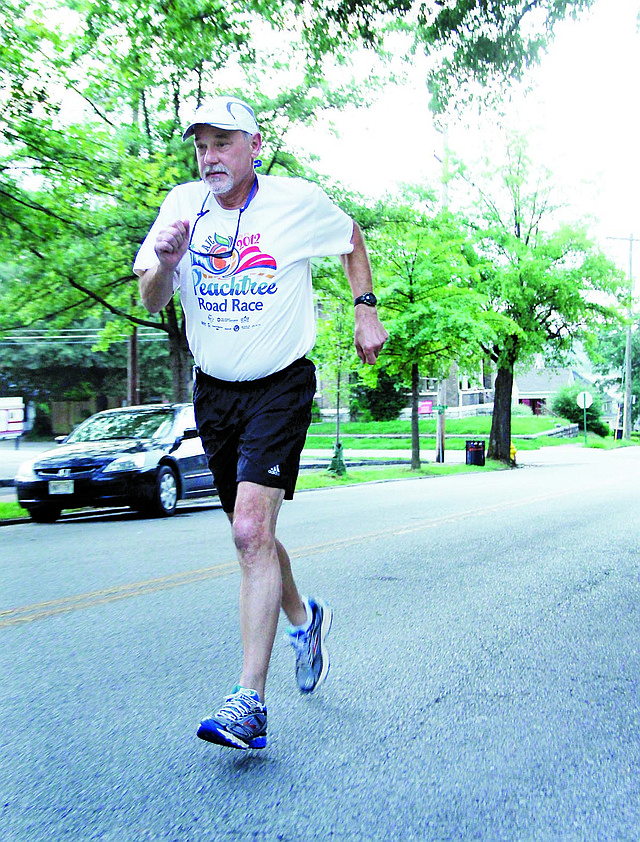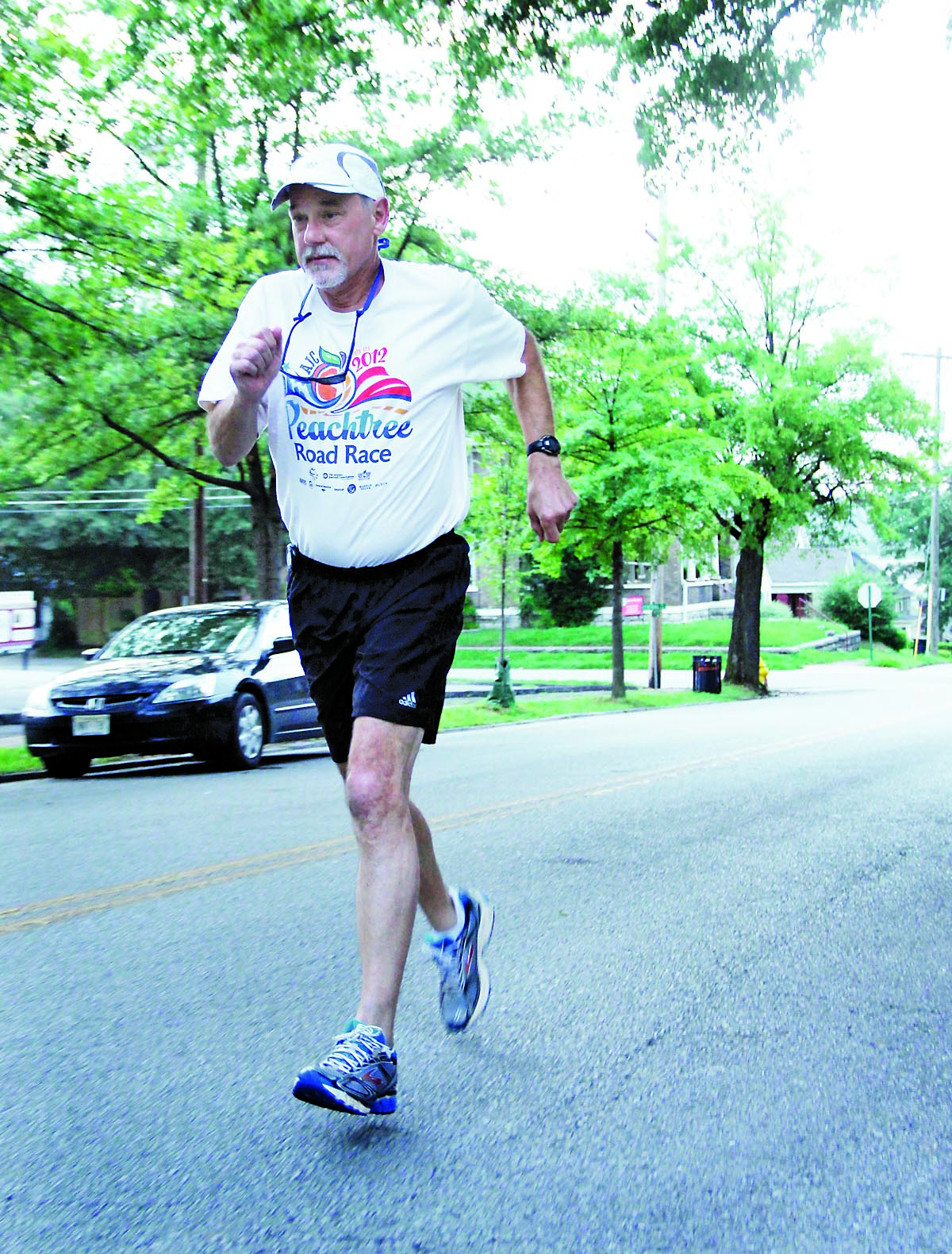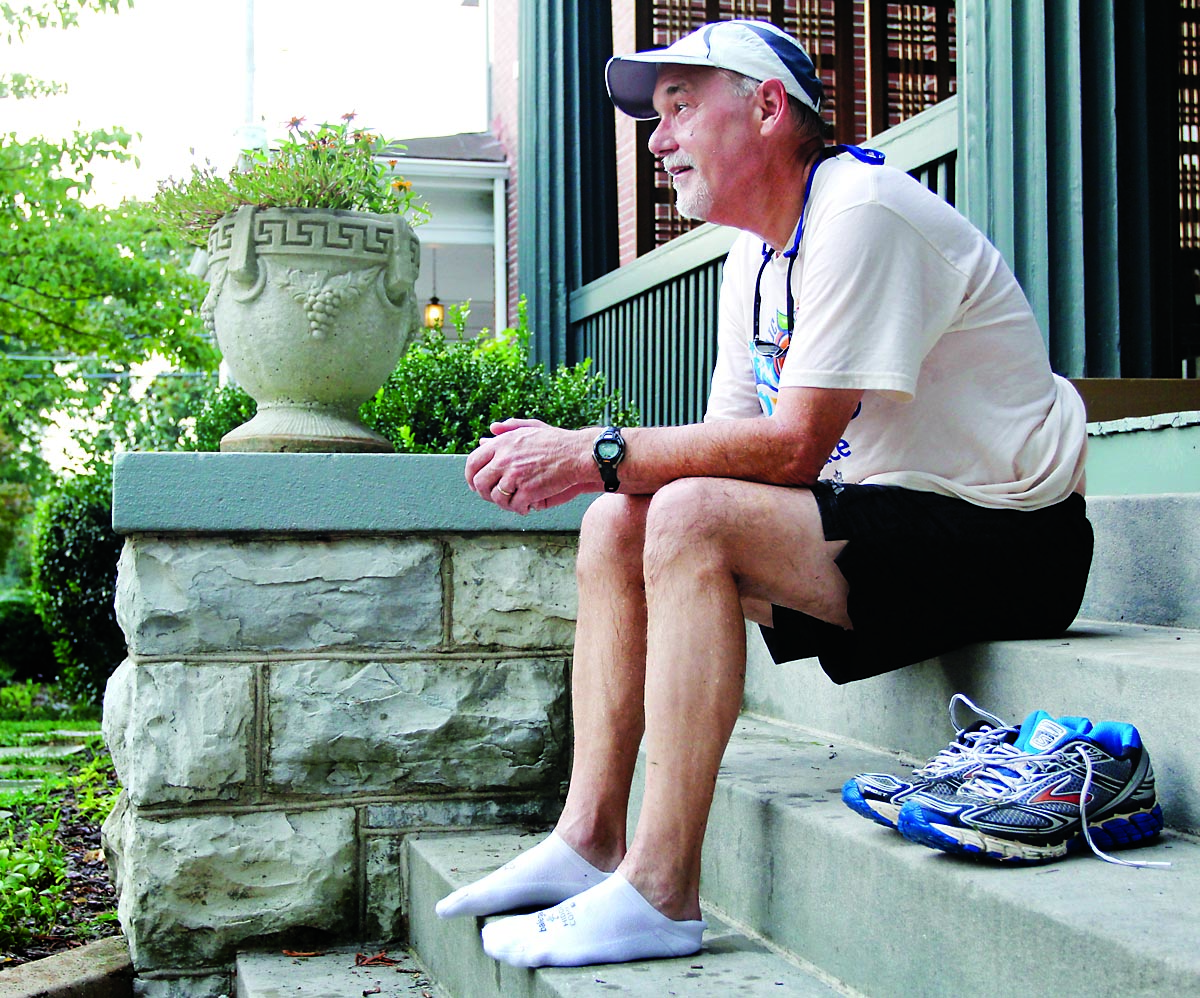UTC professor contributes to medical journal's series on perils of physical inactivity
Friday, January 1, 1904
FACTFILE ABOUT HIM
* Who: Gregory Wayne Heath, 61.* Occupation: Assistant provost of health and human performance department at the University of Tennessee at Chattanooga.* Family: Wife, Janice Kellogg Heath; daughters, Amelia and Favienne; sons, Isaac and Anselmo.* Hometown: Inglewood, Calif.* Education: Bachelor of arts in psychology from Westmont College, Santa Barbara, Calif.; master of public health and doctor of health sciences from Loma Linda University, Loma Linda, Calif.; post-doctoral training at Washington University School of Medicine in St. Louis.Favorite recent books"The Cost of Discipleship" by Dietrich Bonhoeffer, "Amazing Grace" by Eric Metaxas and the "Father Brown" stories by G.K. Chesterton.Favorite forms of exerciseRunning, hiking and walking.Favorite place to hikeReflection Riding.Quote he lives by"But seek ye first the kingdom of God and his righteousness, and all these things will be added to you." -- Matthew 6:33.Ideal vacation destinationYosemite National Park.People he'D love to meetDietrich Bonhoeffer and C.S. Lewis.
On July 20, Dr. Gregory Heath fired a shot across the bow of couch potatoes the world over, urging them to start exercising or face the consequences.
Heath, 61, is assistant provost in the health and human performance department at the University of Tennessee at Chattanooga. He was one of 33 researchers and a senior writer on a multinational team that wrote a series of papers on the dangers of physical inactivity for The Lancet, a prestigious British medical journal.
The series examines what promotes an active lifestyle and links between inactivity and mortality rates of noncommunicable diseases such as Type 2 diabetes, coronary heart disease and breast and colon cancers.
Their findings suggest as many as 10 percent of premature deaths worldwide due to these diseases could be traced back to a lack of exercise, a figure roughly equivalent to the mortality rate due to these conditions among smokers.
Heath's team wrote a paper analyzing intervention methods used around the globe to encourage people to be more active and offered suggestions.
BECOMING ACTIVE
According to a series of recently published articles in The Lancet medical journal, 150 minutes of physical activity a week is the minimum amount needed to maintain physical fitness and stave off disease. Here are some ways to meet that requirement:* Briskly walking (3 mph or faster) for 30 minutes five days a week.* Gardening for an hour and a half and taking two half-hour water aerobics classes.* Playing doubles tennis in 45-minute bouts three times a week and taking a 15-minute walk.* Taking an hourlong ballroom dancing class and going for three 30-minute slow bike rides (below 10 mph).Source: Center for Disease Control's "Physical Activity for Everyone"
A lifelong runner and avid proponent of remaining active, Heath likened physical inactivity to a global health pandemic -- an opinion that is echoed in The Lancet series.
Q: How does The Lancet series define "inactivity"?
A: As it's defined in these papers, inactivity is below the threshold of 150 minutes of moderate aerobic activity per week, which could come from any domain, from transport or planned exercise or sport.
Q: Did the team's findings match your expectations?
A: What wasn't expected was to see the lower physical activity level in the emerging, economically growing countries. The bad news is that we thought we could nip [inactivity] in the bud, and it's already happening. That's disconcerting, but the good news is that it gives us a benchmark, a baseline. It also raises an alarm and says, "It's time to do something now."
The theme of the whole series is: "We can't afford to do more of the same." Even though the evidence base is strong, physical inactivity has always been put on the back burner behind obesity and high blood pressure and heart disease and smoking. It now emerges as an independent behavior that needs to be addressed independently.
Q: How has inactivity managed to become such a widespread problem?
A: There's the love of the automobile, and all the infrastructure that is designed to support automobiles, from how we designed our cities and our communities that were isolated from commercial, educational and retail places. ... We've engineered activity out of our lives, and we've exported that same thinking. It has spread across the world.
Q: Are people unaware that inactivity is dangerous, or are they aware but choose to ignore it?
A: Generally speaking, what you find is that when you do surveys and ask if exercising is important, 90 percent will say it is, but when you ask what they're doing, half of them aren't doing enough. There's a disconnect. Half of that is linked to priority, but the other half is linked to determinants.
Q: What solutions, if any, does the series offer to the problem?
A: We have to think seriously about how we plan our communities and how we want to live our lives. In order to make those kinds of changes, it can't be unidimensional.
The solutions are really that it takes much more than a village to do this. It takes multiple sectors and partnering and strategic planning and use of resources. It starts with a multicultural stakeholder recognizing we need to build healthy communities and activity-friendly communities.
Q: How does it feel to see the series published?
A: It was a hard row. It took a lot of time to get here, and now there's a sense of relief and accomplishment, but the dust is settling, and we have a lot of work to do. It's not going to be us, the scientific community, that is going to do this alone. It has to be prioritized as a significant public health issue.
Q: Is creating a more active society a goal that is achievable in your lifetime?
A: I would love to see it happen. I started my graduate studies in 1973 and 1974, so I started dealing with these issues then. I've seen a lot of progress, but at times, it seems like three steps forward two and a half steps back.
I think it's achievable, but people have to change how they look at life. The question really is, "Do you want to leave your posterity with a huge debt and a society and culture that is unhealthy, or do you want to leave them with a legacy of health and social equity?"
Q: How did it feel to have your work featured in such a prestigious publication?
A: I think most of us thought that it wasn't just a personal achievement of being in The Lancet. We felt that The Lancet, as high an impact journal as it is, would provide us a platform to get our message out.
It's not about us; it's about getting a public health message out ... that we're so passionate about because of the unnecessary deaths and disabilities associated with inactivity.
We were created to move. We weren't created to sit there. We're not blobs; that's not what we're intended to do. We have to use the physiology that God gave us, and if we don't, we get in deep trouble. This is a platform to get our message to the whole world because it's an issue across the globe.
Contact Casey Phillips at cphillips@timesfreepress.com or 423-757-6205. Follow him on Twitter at @Phillips CTFP.


